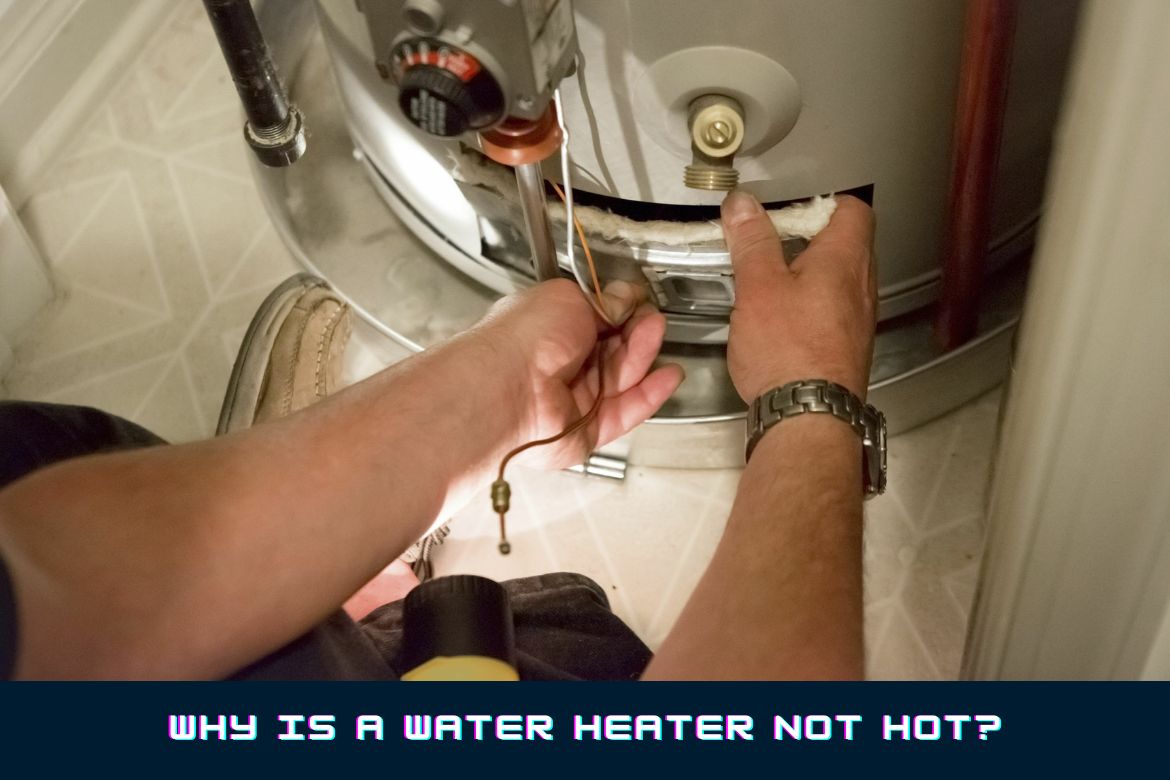It’s a chilly morning, and the prospect of a warm, invigorating shower is the only thing coaxing you out of your cosy bed. You turn on the faucet, eagerly anticipating the soothing cascade of hot water, but to your dismay, it remains stubbornly cold. Few things are more frustrating than a malfunctioning water heater, especially when the allure of a hot shower is dashed by the icy reality of a tepid stream.
This goes to show that a functional water heater is not just a modern convenience; it’s an essential part of our daily lives. From soothing showers to sanitising dishes, we rely on hot water for comfort and hygiene. When our trusty water heater falters, it disrupts the rhythm of our routines, leaving us in a shiver-inducing predicament.
In fact, according to the Department of Energy, a household’s water heater accounts for about 18% of its total energy use. That’s a significant chunk of your utility bill dedicated to ensuring your showers are warm and your dishes are sanitized. This underscores the importance of promptly addressing any issues that may compromise its functionality.
Table of Contents
TogglePossible Reasons for a Cold-Water Heater - Pilot Light
1. Explanation of the Pilot Light's Role
2. Common Problems Leading to a Pilot Light Outage
Unfortunately, even the most dependable pilot lights can be finicky. Various issues may cause it to flicker out, leaving you with nothing but cold water. Common culprits include dirt or debris clogging the pilot orifice, a malfunctioning thermocouple, or gas supply issues.
Imagine the frustration: you turn on the tap, eagerly awaiting the warm embrace of water, only to be met with an icy stream. This could very well be a sign that your pilot light has gone on an unscheduled hiatus.
3. Step-by-Step Guide to Relighting the Pilot Light
Step 1: Locate the Pilot Light
Step 2: Press and Hold the Reset Button
Step 3: Switch the Gas Control Valve to on
After a minute, release the reset button and turn the gas control valve back to the “on” position. Your pilot light should now be burning steadily. If, after following these steps, your pilot light stubbornly refuses to stay lit, it may be time to call in a professional to diagnose and resolve the issue.
Don’t let a finicky pilot light leave you wondering, “Why is my water heater not hot?” tackle the problem head-on and restore warmth to your daily routine.
Thermostat Malfunctions
1. Importance of a Properly Functioning Thermostat
2. Signs of a Faulty Thermostat
3. DIY Thermostat Troubleshooting and Calibration
Before reaching for the phone to call in the cavalry, consider a bit of DIY therapy for your thermostat. Check if it’s set to the desired temperature, ensuring it hasn’t accidentally been nudged into lukewarm territory. If that doesn’t do the trick, you might need to recalibrate the thermostat.
For electric water heaters, locate the thermostat panel, usually positioned behind an access panel. Adjust the temperature setting using a screwdriver. For gas heaters, the thermostat is often located on the gas valve. Refer to your user manual for specific instructions on calibration.
If, despite your best efforts, the thermostat remains uncooperative, it might be time to enlist the help of a professional to diagnose and address the issue.
Sediment Buildup in the Tank
1. How Sediment Affects Water Heater Efficiency
2. Steps to Flush the Tank and Remove Sediment
3. Preventive Measures to Reduce Sediment Buildup
Electrical Issues
1. Inspecting and Troubleshooting Electrical Components
2. When to Call a Professional Electrician
3. Inspecting the Heating Element
4. Role of the Heating Element in Heating Water
5. Signs of a Faulty Heating Element
6. Step-by-Step Guide to Testing and Replacing a Heating Element
Step 1: Turn Off the Power Supply
Step 2: Test for Continuity
Step 3: Replace the Faulty Element
Step 4: Turn the Power Back On
Once the new heating element is securely and correctly in place, restore power to the water heater. Monitor its performance to ensure the issue is resolved.
While testing and replacing a heating element is within the realm of a savvy DIYer, if you’re uncertain or uncomfortable with these procedures, seeking the assistance of a professional is a prudent choice.

